Vous pouvez gérer la luminosité de votre moniteur via letouches de fonction de votre clavier. Lorsque vous appuyez sur les touches d'augmentation ou de diminution de la luminosité, Windows 10 diminue la luminosité d'un certain niveau. Il n'y a aucun moyen de contrôler les niveaux de luminosité lorsque vous utilisez les boutons dédiés. Si vous souhaitez un contrôle plus fin, vous devrez utiliser le curseur de luminosité. Si vous souhaitez contrôler les niveaux de luminosité lorsque vous modifiez la luminosité avec votre clavier, vous pouvez le faire avec un script AutoHotkey.
ALERTE SPOIL: Faites défiler la liste et regardez le didacticiel vidéo à la fin de cet article.

Niveaux d'incrément de luminosité
Assurez-vous que AutoHotkey est installé sur votre système.
Ouvrez le Bloc-notes et collez-y les éléments suivants. Ce script a été écrit par l'utilisateur de Reddit yet_another_usr.
class BrightnessSetter {
; qwerty12 - 27/05/17
; https://github.com/qwerty12/AutoHotkeyScripts/tree/master/LaptopBrightnessSetter
static _WM_POWERBROADCAST := 0x218, _osdHwnd := 0, hPowrprofMod := DllCall("LoadLibrary", "Str", "powrprof.dll", "Ptr")
__New() {
if (BrightnessSetter.IsOnAc(AC))
this._AC := AC
if ((this.pwrAcNotifyHandle := DllCall("RegisterPowerSettingNotification", "Ptr", A_ScriptHwnd, "Ptr", BrightnessSetter._GUID_ACDC_POWER_SOURCE(), "UInt", DEVICE_NOTIFY_WINDOW_HANDLE := 0x00000000, "Ptr"))) ; Sadly the callback passed to *PowerSettingRegister*Notification runs on a new threadl
OnMessage(this._WM_POWERBROADCAST, ((this.pwrBroadcastFunc := ObjBindMethod(this, "_On_WM_POWERBROADCAST"))))
}
__Delete() {
if (this.pwrAcNotifyHandle) {
OnMessage(BrightnessSetter._WM_POWERBROADCAST, this.pwrBroadcastFunc, 0)
,DllCall("UnregisterPowerSettingNotification", "Ptr", this.pwrAcNotifyHandle)
,this.pwrAcNotifyHandle := 0
,this.pwrBroadcastFunc := ""
}
}
SetBrightness(increment, jump := False, showOSD := True, autoDcOrAc := -1, ptrAnotherScheme := 0)
{
static PowerGetActiveScheme := DllCall("GetProcAddress", "Ptr", BrightnessSetter.hPowrprofMod, "AStr", "PowerGetActiveScheme", "Ptr")
,PowerSetActiveScheme := DllCall("GetProcAddress", "Ptr", BrightnessSetter.hPowrprofMod, "AStr", "PowerSetActiveScheme", "Ptr")
,PowerWriteACValueIndex := DllCall("GetProcAddress", "Ptr", BrightnessSetter.hPowrprofMod, "AStr", "PowerWriteACValueIndex", "Ptr")
,PowerWriteDCValueIndex := DllCall("GetProcAddress", "Ptr", BrightnessSetter.hPowrprofMod, "AStr", "PowerWriteDCValueIndex", "Ptr")
,PowerApplySettingChanges := DllCall("GetProcAddress", "Ptr", BrightnessSetter.hPowrprofMod, "AStr", "PowerApplySettingChanges", "Ptr")
if (increment == 0 && !jump) {
if (showOSD)
BrightnessSetter._ShowBrightnessOSD()
return
}
if (!ptrAnotherScheme ? DllCall(PowerGetActiveScheme, "Ptr", 0, "Ptr*", currSchemeGuid, "UInt") == 0 : DllCall("powrprofPowerDuplicateScheme", "Ptr", 0, "Ptr", ptrAnotherScheme, "Ptr*", currSchemeGuid, "UInt") == 0) {
if (autoDcOrAc == -1) {
if (this != BrightnessSetter) {
AC := this._AC
} else {
if (!BrightnessSetter.IsOnAc(AC)) {
DllCall("LocalFree", "Ptr", currSchemeGuid, "Ptr")
return
}
}
} else {
AC := !!autoDcOrAc
}
currBrightness := 0
if (jump || BrightnessSetter._GetCurrentBrightness(currSchemeGuid, AC, currBrightness)) {
maxBrightness := BrightnessSetter.GetMaxBrightness()
,minBrightness := BrightnessSetter.GetMinBrightness()
if (jump || !((currBrightness == maxBrightness && increment > 0) || (currBrightness == minBrightness && increment < minBrightness))) {
if (currBrightness + increment > maxBrightness)
increment := maxBrightness
else if (currBrightness + increment < minBrightness)
increment := minBrightness
else
increment += currBrightness
if (DllCall(AC ? PowerWriteACValueIndex : PowerWriteDCValueIndex, "Ptr", 0, "Ptr", currSchemeGuid, "Ptr", BrightnessSetter._GUID_VIDEO_SUBGROUP(), "Ptr", BrightnessSetter._GUID_DEVICE_POWER_POLICY_VIDEO_BRIGHTNESS(), "UInt", increment, "UInt") == 0) {
; PowerApplySettingChanges is undocumented and exists only in Windows 8+. Since both the Power control panel and the brightness slider use this, we"ll do the same, but fallback to PowerSetActiveScheme if on Windows 7 or something
if (!PowerApplySettingChanges || DllCall(PowerApplySettingChanges, "Ptr", BrightnessSetter._GUID_VIDEO_SUBGROUP(), "Ptr", BrightnessSetter._GUID_DEVICE_POWER_POLICY_VIDEO_BRIGHTNESS(), "UInt") != 0)
DllCall(PowerSetActiveScheme, "Ptr", 0, "Ptr", currSchemeGuid, "UInt")
}
}
if (showOSD)
BrightnessSetter._ShowBrightnessOSD()
}
DllCall("LocalFree", "Ptr", currSchemeGuid, "Ptr")
}
}
IsOnAc(ByRef acStatus)
{
static SystemPowerStatus
if (!VarSetCapacity(SystemPowerStatus))
VarSetCapacity(SystemPowerStatus, 12)
if (DllCall("GetSystemPowerStatus", "Ptr", &SystemPowerStatus)) {
acStatus := NumGet(SystemPowerStatus, 0, "UChar") == 1
return True
}
return False
}
GetDefaultBrightnessIncrement()
{
static ret := 10
DllCall("powrprofPowerReadValueIncrement", "Ptr", BrightnessSetter._GUID_VIDEO_SUBGROUP(), "Ptr", BrightnessSetter._GUID_DEVICE_POWER_POLICY_VIDEO_BRIGHTNESS(), "UInt*", ret, "UInt")
return ret
}
GetMinBrightness()
{
static ret := -1
if (ret == -1)
if (DllCall("powrprofPowerReadValueMin", "Ptr", BrightnessSetter._GUID_VIDEO_SUBGROUP(), "Ptr", BrightnessSetter._GUID_DEVICE_POWER_POLICY_VIDEO_BRIGHTNESS(), "UInt*", ret, "UInt"))
ret := 0
return ret
}
GetMaxBrightness()
{
static ret := -1
if (ret == -1)
if (DllCall("powrprofPowerReadValueMax", "Ptr", BrightnessSetter._GUID_VIDEO_SUBGROUP(), "Ptr", BrightnessSetter._GUID_DEVICE_POWER_POLICY_VIDEO_BRIGHTNESS(), "UInt*", ret, "UInt"))
ret := 100
return ret
}
_GetCurrentBrightness(schemeGuid, AC, ByRef currBrightness)
{
static PowerReadACValueIndex := DllCall("GetProcAddress", "Ptr", BrightnessSetter.hPowrprofMod, "AStr", "PowerReadACValueIndex", "Ptr")
,PowerReadDCValueIndex := DllCall("GetProcAddress", "Ptr", BrightnessSetter.hPowrprofMod, "AStr", "PowerReadDCValueIndex", "Ptr")
return DllCall(AC ? PowerReadACValueIndex : PowerReadDCValueIndex, "Ptr", 0, "Ptr", schemeGuid, "Ptr", BrightnessSetter._GUID_VIDEO_SUBGROUP(), "Ptr", BrightnessSetter._GUID_DEVICE_POWER_POLICY_VIDEO_BRIGHTNESS(), "UInt*", currBrightness, "UInt") == 0
}
_ShowBrightnessOSD()
{
static PostMessagePtr := DllCall("GetProcAddress", "Ptr", DllCall("GetModuleHandle", "Str", "user32.dll", "Ptr"), "AStr", A_IsUnicode ? "PostMessageW" : "PostMessageA", "Ptr")
,WM_SHELLHOOK := DllCall("RegisterWindowMessage", "Str", "SHELLHOOK", "UInt")
if A_OSVersion in WIN_VISTA,WIN_7
return
BrightnessSetter._RealiseOSDWindowIfNeeded()
; Thanks to YashMaster @ https://github.com/YashMaster/Tweaky/blob/master/Tweaky/BrightnessHandler.h for realising this could be done:
if (BrightnessSetter._osdHwnd)
DllCall(PostMessagePtr, "Ptr", BrightnessSetter._osdHwnd, "UInt", WM_SHELLHOOK, "Ptr", 0x37, "Ptr", 0)
}
_RealiseOSDWindowIfNeeded()
{
static IsWindow := DllCall("GetProcAddress", "Ptr", DllCall("GetModuleHandle", "Str", "user32.dll", "Ptr"), "AStr", "IsWindow", "Ptr")
if (!DllCall(IsWindow, "Ptr", BrightnessSetter._osdHwnd) && !BrightnessSetter._FindAndSetOSDWindow()) {
BrightnessSetter._osdHwnd := 0
try if ((shellProvider := ComObjCreate("{C2F03A33-21F5-47FA-B4BB-156362A2F239}", "{00000000-0000-0000-C000-000000000046}"))) {
try if ((flyoutDisp := ComObjQuery(shellProvider, "{41f9d2fb-7834-4ab6-8b1b-73e74064b465}", "{41f9d2fb-7834-4ab6-8b1b-73e74064b465}"))) {
DllCall(NumGet(NumGet(flyoutDisp+0)+3*A_PtrSize), "Ptr", flyoutDisp, "Int", 0, "UInt", 0)
,ObjRelease(flyoutDisp)
}
ObjRelease(shellProvider)
if (BrightnessSetter._FindAndSetOSDWindow())
return
}
; who knows if the SID & IID above will work for future versions of Windows 10 (or Windows 8). Fall back to this if needs must
Loop 2 {
SendEvent {Volume_Mute 2}
if (BrightnessSetter._FindAndSetOSDWindow())
return
Sleep 100
}
}
}
_FindAndSetOSDWindow()
{
static FindWindow := DllCall("GetProcAddress", "Ptr", DllCall("GetModuleHandle", "Str", "user32.dll", "Ptr"), "AStr", A_IsUnicode ? "FindWindowW" : "FindWindowA", "Ptr")
return !!((BrightnessSetter._osdHwnd := DllCall(FindWindow, "Str", "NativeHWNDHost", "Str", "", "Ptr")))
}
_On_WM_POWERBROADCAST(wParam, lParam)
{
;OutputDebug % &this
if (wParam == 0x8013 && lParam && NumGet(lParam+0, 0, "UInt") == NumGet(BrightnessSetter._GUID_ACDC_POWER_SOURCE()+0, 0, "UInt")) { ; PBT_POWERSETTINGCHANGE and a lazy comparison
this._AC := NumGet(lParam+0, 20, "UChar") == 0
return True
}
}
_GUID_VIDEO_SUBGROUP()
{
static GUID_VIDEO_SUBGROUP__
if (!VarSetCapacity(GUID_VIDEO_SUBGROUP__)) {
VarSetCapacity(GUID_VIDEO_SUBGROUP__, 16)
,NumPut(0x7516B95F, GUID_VIDEO_SUBGROUP__, 0, "UInt"), NumPut(0x4464F776, GUID_VIDEO_SUBGROUP__, 4, "UInt")
,NumPut(0x1606538C, GUID_VIDEO_SUBGROUP__, 8, "UInt"), NumPut(0x99CC407F, GUID_VIDEO_SUBGROUP__, 12, "UInt")
}
return &GUID_VIDEO_SUBGROUP__
}
_GUID_DEVICE_POWER_POLICY_VIDEO_BRIGHTNESS()
{
static GUID_DEVICE_POWER_POLICY_VIDEO_BRIGHTNESS__
if (!VarSetCapacity(GUID_DEVICE_POWER_POLICY_VIDEO_BRIGHTNESS__)) {
VarSetCapacity(GUID_DEVICE_POWER_POLICY_VIDEO_BRIGHTNESS__, 16)
,NumPut(0xADED5E82, GUID_DEVICE_POWER_POLICY_VIDEO_BRIGHTNESS__, 0, "UInt"), NumPut(0x4619B909, GUID_DEVICE_POWER_POLICY_VIDEO_BRIGHTNESS__, 4, "UInt")
,NumPut(0xD7F54999, GUID_DEVICE_POWER_POLICY_VIDEO_BRIGHTNESS__, 8, "UInt"), NumPut(0xCB0BAC1D, GUID_DEVICE_POWER_POLICY_VIDEO_BRIGHTNESS__, 12, "UInt")
}
return &GUID_DEVICE_POWER_POLICY_VIDEO_BRIGHTNESS__
}
_GUID_ACDC_POWER_SOURCE()
{
static GUID_ACDC_POWER_SOURCE_
if (!VarSetCapacity(GUID_ACDC_POWER_SOURCE_)) {
VarSetCapacity(GUID_ACDC_POWER_SOURCE_, 16)
,NumPut(0x5D3E9A59, GUID_ACDC_POWER_SOURCE_, 0, "UInt"), NumPut(0x4B00E9D5, GUID_ACDC_POWER_SOURCE_, 4, "UInt")
,NumPut(0x34FFBDA6, GUID_ACDC_POWER_SOURCE_, 8, "UInt"), NumPut(0x486551FF, GUID_ACDC_POWER_SOURCE_, 12, "UInt")
}
return &GUID_ACDC_POWER_SOURCE_
}
}
BrightnessSetter_new() {
return new BrightnessSetter()
}À la toute fin, collez ce qui suit. Il s'agit de la partie du script que vous modifierez en fonction de vos propres besoins. Les éléments suivants modifient la luminosité via les touches Page précédente et Page suivante de votre clavier. Il le change de 10, c'est-à-dire que lorsque vous appuyez une fois sur la touche Page précédente, la luminosité augmente de dix niveaux.
Modifiez les niveaux selon vos besoins. Par exemple, vous pouvez le changer en 1 et -1 pour obtenir un contrôle plus fin de la luminosité.
BS := new BrightnessSetter() PgUp::BS.SetBrightness(10) PgDn::BS.SetBrightness(-10)
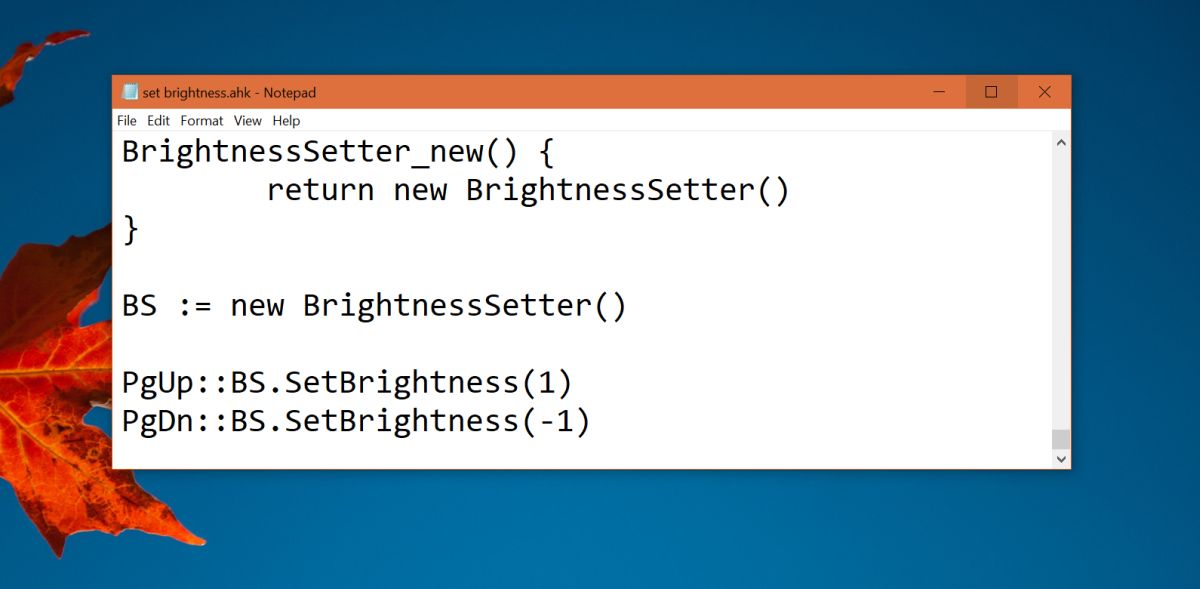
Enregistrez le script avec l'extension de fichier AHK et exécutez-le. Utilisez les touches que vous avez configurées pour régler la luminosité.

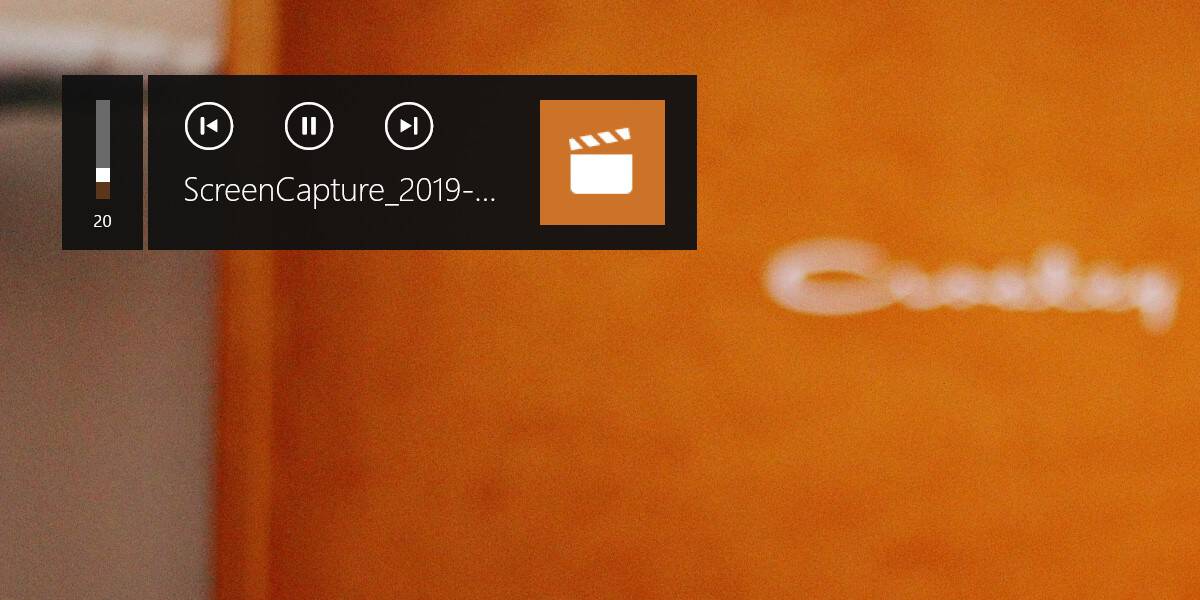
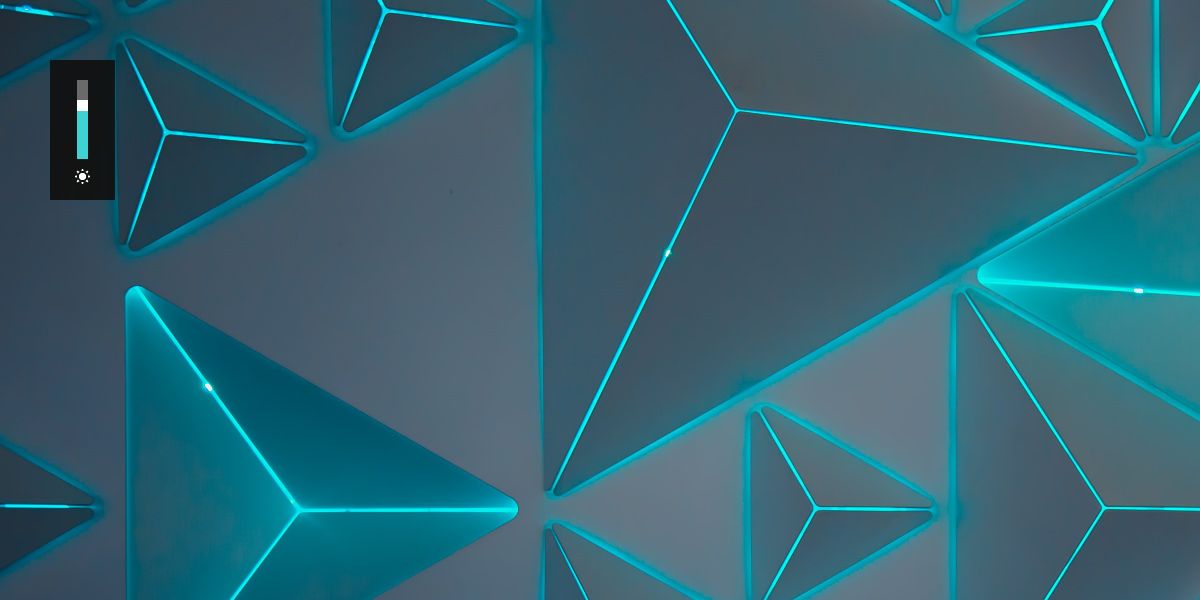
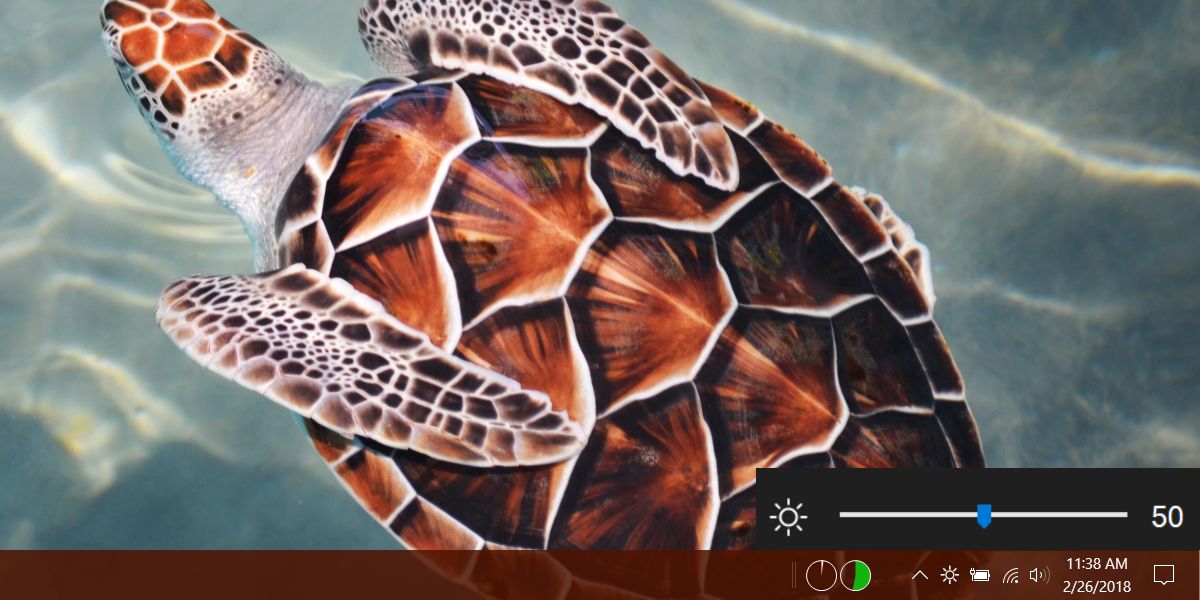
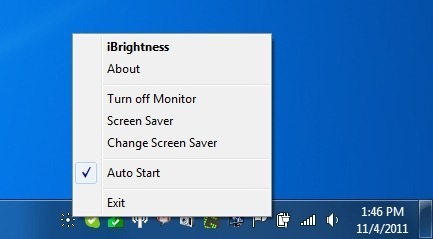
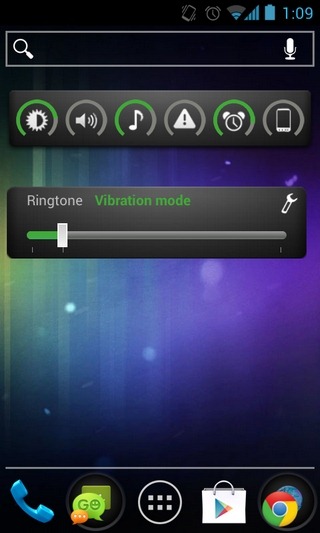

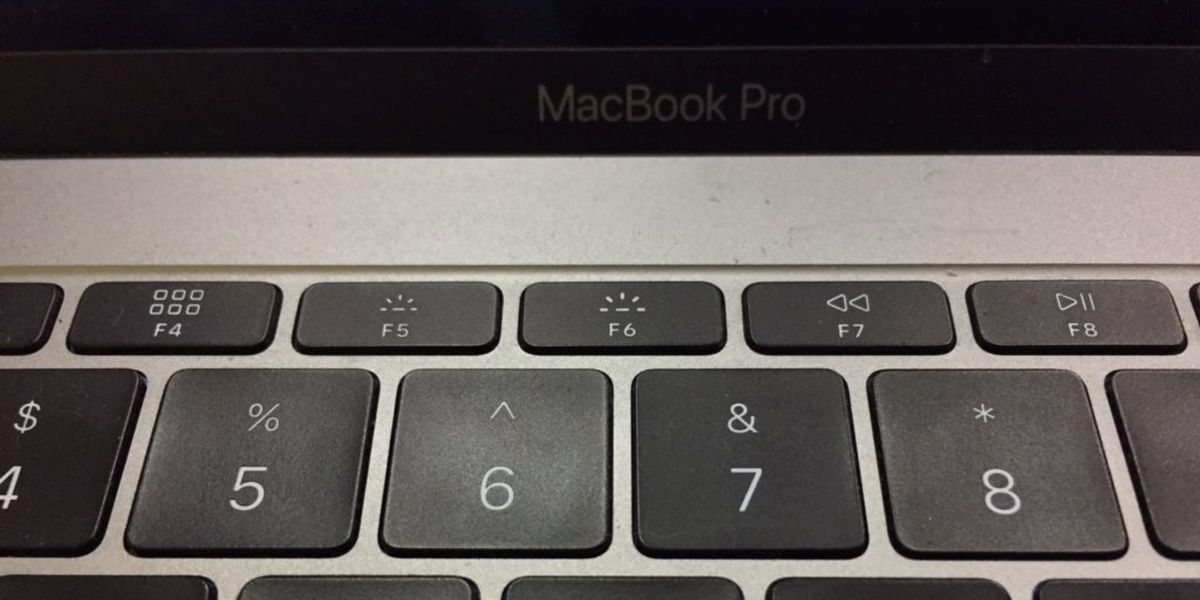

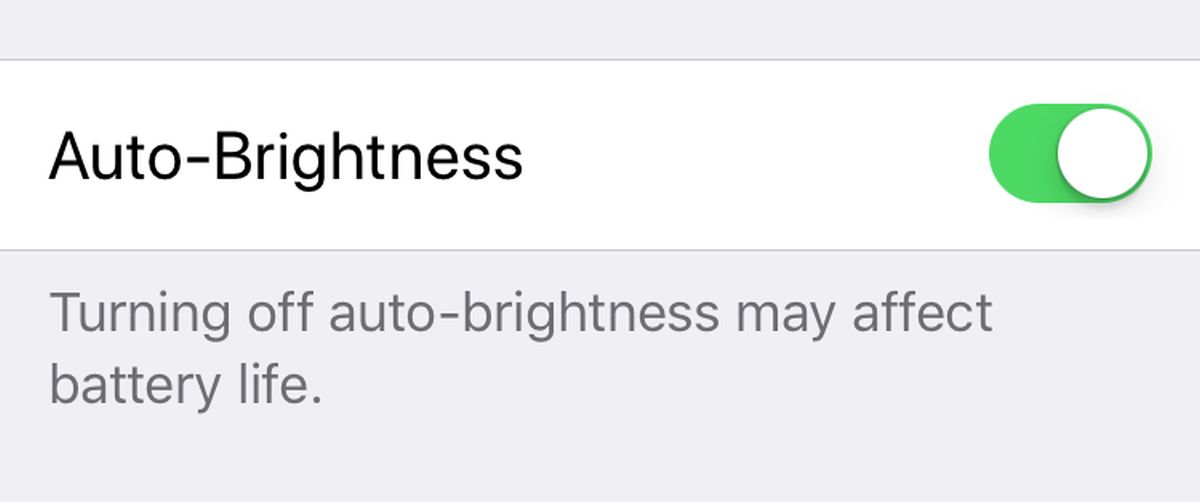
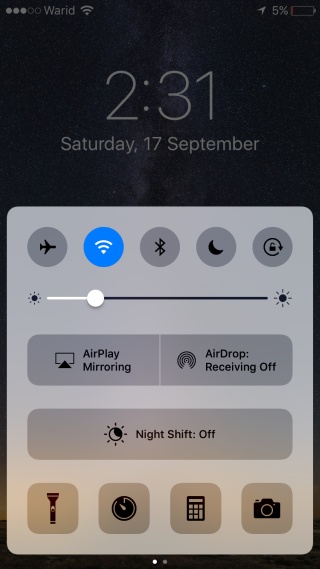


commentaires